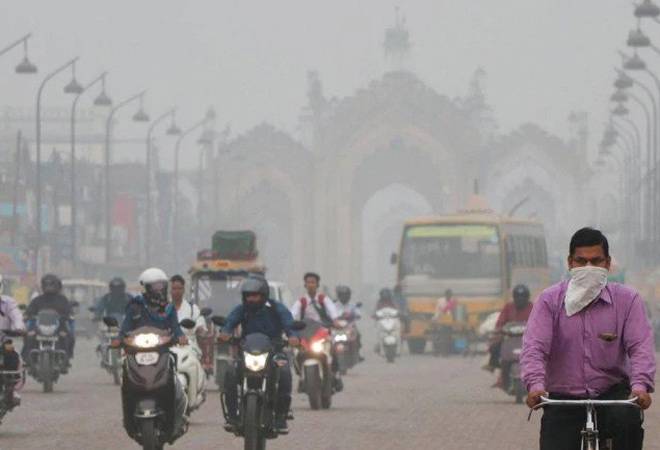


Despite the national capital’s air quality remaining in the “severe” category for two days running, SAFAR (System of Air Quality and Weather Forecasting and Research) data released on Friday shows that stubble burning was a contributing factor in 34% of Delhi’s PM 2.5 pollution.
On Friday morning, Delhi’s total Air Quality Index (AQI) increased to 472, indicating that the city’s air quality remained in the “severe” category. According to data released by SAFAR (System of Air Quality and Weather Forecasting and Research) India, Gurugram’s AQI stood at 539 and continued to be in the “severe” category, while Noida’s AQI, which is a part of the national capital region, recorded an AQI of 562, and continued to be in that category.
The air quality is considered good when the index is between 0 and 100; when it is between 100 and 200, it is moderate; when it is between 200 and 300, it is bad; when it is between 300 and 400, it is very poor; and when it is between 400 and 500 or above, it is severe.
On Thursday, residents of Delhi and the National Capital Region (NCR) complained of choking and “eye burning” as a result of haze and air pollution, which left many gasping for oxygen.
North Delhi had the worst air quality, with nearly every station in the area reporting an AQI of 400 or higher.
With the exception of a handful, including Mandir Marg in downtown Delhi, the majority of stations in the city have an AQI above 300.
“Air quality is likely to remain within ‘Severe’ today and likely to improve tomorrow to ‘lower end of Severe’ and from 5th onwards air quality is likely to improve further to ‘Very poor’ due to upper-level wind reversal that prevents inflow of stubble-related pollutants. Higher surface wind speed on 5th Nov is likely to disperse pollutants,” said a press release.